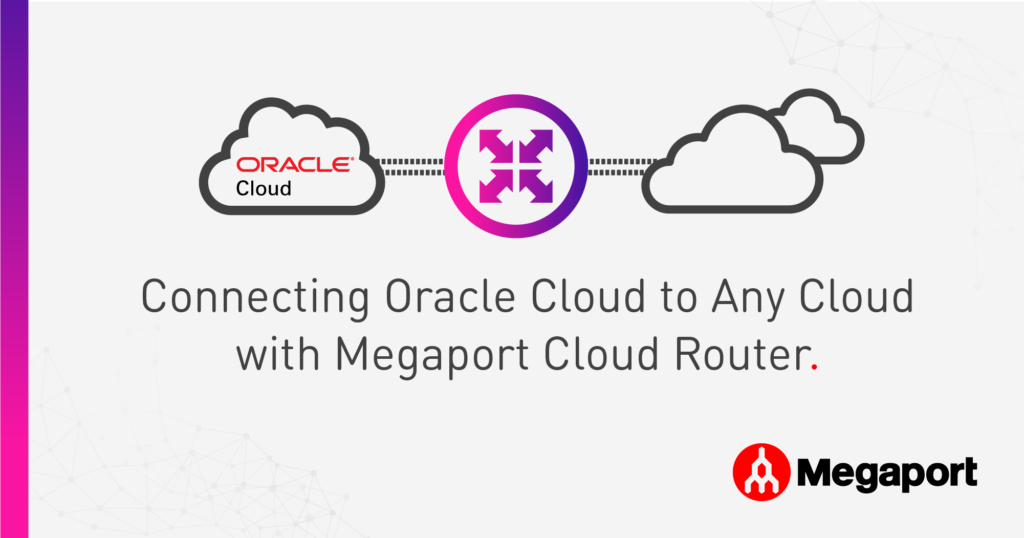
How Megaport Virtual Edge Supercharged The Instillery’s SD-WAN
- Cloud networking
- January 11, 2022
- RSS Feed
Learn how The Instillery are using SD-WAN to keep on top of their increasingly complex multicloud architecture, for both them and their customers.
IDC predicted 2021 would be the year of multicloud, and as businesses expanded and embraced a cloud-first approach, this prediction proved accurate, with Megaport reporting a record increase of multicloud services like Megaport Cloud Router in Q4 FY2021. But while multicloud has become commonplace, a multicloud architecture alone doesn’t ensure reliable connectivity between your cloud workloads and your on-prem infrastructure. This is where SD-WAN comes in.
SD-WAN has been sending waves through the networking world for the last few years with its ability to enable reliable edge-to-cloud connectivity from almost anywhere in the world. Multicloud and SD-WAN both have their own set of benefits, but when combined, they provide the end user with more efficient, performant applications.
About The Instillery
Headquartered in scenic Aotearoa, New Zealand, The Instillery is an award-winning technology company with the purpose to instill capability, transformation, and belief into businesses. They specialize in cloud and managed services, modern work solutions, and security intelligence—and they’re also a Megaport partner.
“We’re not a telco; we’re a service provider, so we don’t typically own the network,” Masaki Takeda, Network Delivery Manager at The Instillery, said. “One thing we love about Megaport, and we think everyone else does too, is just how easy it is and the level of control we have.”
The Instillery and VMware
The Instillery recently announced their partnership with VMware, in particular its subsidiary VeloCloud, and when Takeda heard that Megaport would be enabling VMware as its latest integration partner for Megaport Virtual Edge (MVE), he was immediately excited at the possibilities.
“We’ve been doing [managed] SD-WAN for a while,” Takeda said. “VeloCloud stood out to us because of its simplicity; it’s really easy to manage and deploy. We don’t want customers having to go into the CLI [Command Line Interface] to do things—the whole SD-WAN should be easy to manage, and VMware ticked all the boxes for us.”
The Instillery and Megaport Virtual Edge (MVE)
When integrated into a customer’s SD-WAN, MVE can deploy SD-WAN gateways, virtual routers, and integrated transit gateways in minutes. Reducing reliance on the public internet, MVE provides direct, private cloud connectivity via Megaport’s global Software Defined Network (SDN) to lower latency and reduce jitter on mission-critical business applications. For Takeda, The Instillery’s decision to use MVE was easy.
“Without something like MVE, it can become difficult to manage or deploy multicloud environments for our customers using a few cloud providers like, for instance, Azure, AWS, and Google,” Takeda said.
IDC calls 2021 the “Year of Multicloud”. What does that mean for you? Find out in our blog post.
When integrated with a customer’s SD-WAN, MVE enables customers to spin up edge networking in minutes by hosting network functions directly on Megaport’s global, private Software Defined Network (SDN), without the need to deploy hardware. In a multicloud scenario, this supercharged SD-WAN fabric results in simplified management of dispersed and complex architectures.
The Instillery is in the unique position of being both a Megaport Virtual Edge customer and a Megaport partner that provides MVE to their own customers, and the team’s experience on both sides of the customer journey so far has been promising to Takeda.
“Having MVE for us means that if our multicloud customers want to move to SD-WAN, we can now do that simply by deploying one or two appliances into the Megaport environment, and it’s taken care of.”
By providing private middle- and last-mile connectivity, MVE also reduces cloud egress costs – something The Instillery team is looking forward to seeing.
“We now don’t have to worry about deploying virtual appliances into different cloud environments, which can be really complex and costly for a lot of our customers. Having that taken care of makes MVE with VeloCloud a really strong solution for us.”
“Although we are still in early stages, we can definitely see how the cost of MVE will truly offset what our cloud egress fees would have been without MVE. There’s a real potential to save a lot of money, especially if you’re working with multicloud.”
A more sustainable SD-WAN setup
Customers with an SD-WAN setup like The Instillery’s can easily deploy more complex cloud topologies going forward; thanks to the simplified deployment and management MVE provides, even minor cloud architecture modifications can be made quickly and easily.
“We’ve done a number of cutovers in the past where you have to do a lot of preparation and configuration – it can all take a few days. But with Megaport, you’re essentially done in a few clicks. That ease of use, that visibility we get, is great. And MVE was no exception,” Takeda said.
Plus, solutions like MCR can be easily integrated into an MVE-supported cloud architecture, for added virtual routing capabilities in busier multicloud environments.
Now, the possibilities are plenty for The Instillery and their customers with their streamlined SD-WAN multicloud setup – and they can decide where to go next in just a few clicks.
Supercharge your SD-WAN connectivity with Megaport Virtual Edge (MVE) – learn more here.


